Race ski's zijn ontworpen voor snelheid en precisie op geprepareerde pistes, maar ze zijn niet voor iedereen. Deze ski's zijn stijf, smal en gemaakt voor competitieve evenementen. Hoewel ze ongelooflijke controle bieden bij hoge snelheden, vereisen ze gevorderde vaardigheden en zijn ze niet geschikt voor beginners. Als je een recreatieve skiër bent die op zoek is naar plezier en gemak, kunnen Snowfeet* producten beter bij je passen. Deze compacte mini ski's zijn lichtgewicht, betaalbaar en werken met gewone winterschoenen, waardoor ze perfect zijn voor alle sneeuwcondities en vaardigheidsniveaus.
Hier is de korte samenvatting:
- Race Ski's: Geweldig voor experts, hoge snelheid carving en ijzige pistes. Duur en veeleisend.
- Snowfeet*: Leuk, makkelijk te gebruiken en veelzijdig. Betaalbaar en geschikt voor beginners.
Wil je snelheid en precisie? Kies dan race ski's. Liever plezier en flexibiliteit? Snowfeet* heeft wat je zoekt.
1. Race Ski's
Ontwerp en Kenmerken
Race ski's draaien om topprestaties op geprepareerde pistes. Ze hebben meestal een smalle taillebreedte, variërend van 68–80 mm (ongeveer 2,7–3,1 inch), wat zorgt voor uitstekende kanten grip en stabiliteit op harde sneeuw. Als je van reuzenslalom (GS) houdt, hebben deze ski's een zijradius van 30 meter, perfect voor hoge snelheid en precieze carving. Aan de andere kant hebben slalom (SL) modellen een kleinere draaicirkel, waardoor ze super responsief en snel wendbaar zijn.
Geschiktheid voor Terrein
Deze ski's gedijen op geprepareerde pistes, ijzige stukken en harde sneeuw. Maar hier is de catch: ze zijn sterk gespecialiseerd. Dat betekent dat ze niet ideaal zijn voor off-piste avonturen of diepe poedersneeuw, waar bredere all-mountain ski's uitblinken. Zie ze als Formule 1-auto's - geweldig in hun element maar niet gebouwd voor veelzijdigheid.
Vaardigheidsniveau en Leercurve
Race ski's vragen serieuze vaardigheden om hun potentieel te benutten. Expert skiër ScottB van SkiTalk zegt het zo:
"Ik zou geen GS race ski aanraden, omdat ze gemaakt zijn om heel snel te gaan en een precieze carve te houden op harde sneeuw."
Met andere woorden, deze ski's zijn niet voor watjes. Ze vereisen een vlekkeloze techniek en de bereidheid om je snelheidslimieten te verleggen. Als je iets zoekt dat vergevingsgezinder en leuk is voor alle niveaus, wil je misschien opties bekijken zoals Snowfeet* producten, die zich richten op toegankelijkheid in plaats van specialisatie.
2. Snowfeet* Producten (Skiblades, Skiskates, Mini Ski Skates)
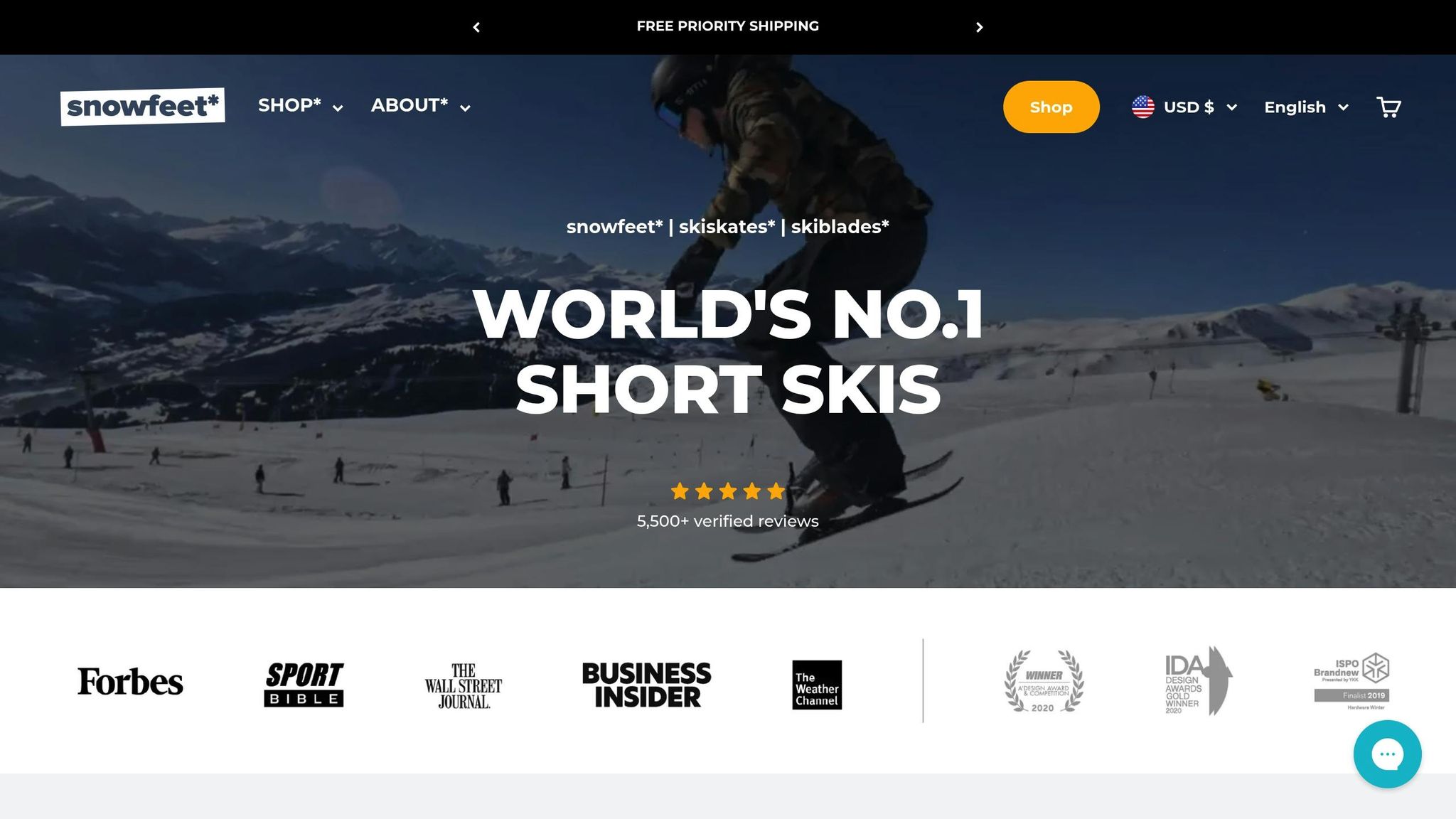
Ontwerp en Kenmerken
Snowfeet* producten staan helemaal in het teken van plezier en gemak, in schril contrast met de hoge snelheid en precisie van race ski's. Deze mini ski skates variëren van 15 inch (38 cm) tot 39 inch (99 cm) in lengte, waardoor ze compact, lichtgewicht en ongelooflijk wendbaar zijn. Of je nu door de sneeuw carvt of gewoon plezier maakt, hun speelse ontwerp maakt elke tocht spannend.
Een van de opvallende kenmerken van Snowfeet* is hun compatibiliteit met schoenen. Vergeet dure, gespecialiseerde skischoenen - deze werken met elke winterschoen of snowboardboot die je al hebt. De bindingen zijn ontworpen om zowel skischoenen als snowboardboots te passen, dus er is geen extra uitrusting nodig. Bovendien betekent hun lichte ontwerp dat je ze zonder zorgen over volume in je rugzak kunt stoppen. Deze draagbaarheid maakt ze niet alleen makkelijker mee te nemen; het vergroot ook hun veelzijdigheid op verschillende terreinen.
Geschiktheid voor Terrein
In tegenstelling tot race ski's, die het beste presteren op geprepareerde pistes of ijzige afdalingen, gedijen Snowfeet* producten op allerlei soorten besneeuwd terrein. Of je nu over een skipiste glijdt, een wandelpad verkent, door een bospaadje slingert, of zelfs van de sleeheuvel in je buurt zoeft, deze mini ski's maken van elke besneeuwde plek je persoonlijke speeltuin. Ze gaan moeiteloos om met poedersneeuw, harde sneeuw en zelfs modderige sneeuw, en bieden een vergevingsgezinde rit die geen perfecte techniek vereist.
Vaardigheidsniveau en Leercurve
Snowfeet* producten zijn beginner-vriendelijk, waardoor ze een geweldige keuze zijn voor iedereen die nieuw is in wintersport. Hun korte en responsieve ontwerp maakt ze makkelijker te beheersen, vooral bij lagere snelheden waar de meeste recreatieve skiërs zich thuis voelen. In tegenstelling tot traditioneel skiën, dat vaak lessen en uren oefening vereist, laat Snowfeet* je meteen beginnen. Bind ze gewoon vast, en je bent klaar om te verkennen en plezier te maken.
Kosten en Toegankelijkheid
Het prijsverschil tussen Snowfeet* producten en traditionele race ski's is een game-changer. Terwijl race ski's tussen de $400 en meer dan $1.500 kunnen kosten - en volledige setups vaak boven de $1.500 uitkomen - zijn Snowfeet* producten veel betaalbaarder. Populaire modellen zijn de Snowfeet PRO voor $199, de Snowfeet X voor $270, en Skiblades variërend van $450 tot $490.
De besparingen stoppen daar niet. Traditioneel skiën vereist vaak extra investeringen in gespecialiseerde schoenen ($200–$800), bindingen, stokken en skipassen. Snowfeet* elimineert de meeste van deze kosten omdat ze werken met uitrusting die je waarschijnlijk al hebt. Bovendien kun je ze overal gebruiken waar sneeuw ligt - geen dure liftpassen of resortkosten nodig.
Om het nog beter te maken, biedt Snowfeet* gratis priority verzending naar de meeste landen, met levering binnen slechts 3–5 werkdagen. Dit gemak betekent dat je de gedoe van skiwinkels en ingewikkelde maten kunt overslaan, waardoor het makkelijker dan ooit is om te beginnen met winterplezier.
Wat is het verschil tussen race ski's en recreatieve ski's? - The Winter Sport Xpert

sbb-itb-17ade95
Voordelen en Nadelen
Race ski's gaan over snelheid en precisie, terwijl Snowfeet* producten zich richten op plezier, flexibiliteit en gebruiksgemak voor recreatieve skiërs.
Race ski's schitteren in competitieve omgevingen waar elke milliseconde telt. Maar ze hebben een steile leercurve, en fouten kunnen duur zijn. Aan de andere kant zijn Snowfeet* producten ontworpen voor degenen die gemak, plezier en aanpasbaarheid boven messcherpe precisie stellen.
Met hun kortere lengte (variërend van 15 tot 47 inch) zijn Snowfeet* producten ongelooflijk wendbaar. Strakke bochten? Geen probleem. Of je nu door een drukke piste slalomt of offbeat terrein verkent, ze maken het makkelijk. Bovendien zorgt hun lichte ontwerp ervoor dat je minder snel moe wordt, zodat je langer van de sneeuw kunt genieten.
Wat Snowfeet* echt onderscheidt is hun veelzijdigheid. In tegenstelling tot race ski's, die perfect geprepareerde pistes vereisen, kunnen Snowfeet* producten alle soorten omstandigheden aan - poedersneeuw, harde sneeuw of zelfs natte sneeuw. Je kunt ze meenemen naar skigebieden, wandelpaden of zelfs de heuvel in je achtertuin. Deze flexibiliteit betekent dat je niet vastzit aan dure skivakanties; elke besneeuwde plek kan jouw speelterrein worden. En laten we de besparingen niet vergeten: Snowfeet* producten kosten een fractie van de prijs van een volledige race ski-set.
Over kosten gesproken, race ski-sets kosten vaak meer dan $1.500 als je gespecialiseerde schoenen, bindingen en onderhoud meerekent. Daarentegen beginnen Snowfeet* producten al bij slechts $150 voor Mini Ski Skates, met premium modellen zoals de Snowfeet PRO geprijsd op $199. Bovendien kun je je gewone winterlaarzen gebruiken - geen dure skischoenen nodig.
| Kenmerk | Race Ski's | Snowfeet* Producten |
|---|---|---|
| Lengte | 60-80+ inch | 15-47 inch |
| Leercurve | Steil, vereist lessen | Makkelijk, spring er zo in |
| Terrein veelzijdigheid | Alleen geprepareerde pistes | Alle sneeuwcondities |
| Draagbaarheid | Zwaar, heeft dakdragers nodig | Past in een rugzak |
| Schoencompatibiliteit | Gespecialiseerde skischoenen alleen | Elke winterschoen |
| Totale kosten | $1,500+ | $150-$690 |
| Snelheidsfocus | Precisie bij hoge snelheid | Plezier en controle |
| Geschikt voor beginners | Nee | Ja |
Hun compacte formaat maakt spontane sneeuwavonturen een fluitje van een cent. Geen dakdragers, geen omvangrijke opslag - gewoon pakken en gaan. Perfect voor onvoorziene winterpret.
Snowfeet* producten bieden ook meer controle bij matige snelheden, wat ze veiliger en beter beheersbaar maakt voor casual gebruikers. Race ski's daarentegen kunnen log en moeilijk hanteerbaar aanvoelen bij lagere snelheden.
Onderhoud is een ander gebied waar Snowfeet* wint. Race ski's hebben constant professioneel afstellen, kanten slijpen en waxen nodig om in topconditie te blijven. Snowfeet* producten? Die vragen minimaal onderhoud en je kunt het meeste zelf thuis doen met eenvoudige gereedschappen.
Hoewel race ski's domineren in competitieve settings, draait het bij Snowfeet* producten om het toegankelijk en leuk maken van wintersport. Ze bieden precies wat de meeste recreatieve skiërs willen: plezier, vrijheid en de kans om besneeuwde landschappen op een geheel nieuwe manier te verkennen.
Conclusie
Race ski's draaien om precisie en snelheid, waardoor ze perfect zijn voor competitieve omgevingen. Maar laten we eerlijk zijn - ze zijn prijzig en vereisen gevorderde vaardigheden, wat ze moeilijk maakt voor de meeste recreatieve skiërs.
Voor de meeste wintersportfans bieden Snowfeet* producten een toegankelijker en leuker alternatief. Met meer dan 5.500 geverifieerde beoordelingen met een indrukwekkende gemiddelde score van 4,9 uit 5 sterren, melden veel gebruikers dat ze Snowfeet* al binnen 5 minuten onder de knie hebben. Dat is een game-changer vergeleken met de steile leercurve van race ski's.
Wat onderscheidt Snowfeet* echt? Ze zijn betaalbaar, gemakkelijk mee te nemen en ongelooflijk veelzijdig. Vanaf slechts $150, hebben ze geen speciale schoenen of omvangrijke dakdragers nodig. Bovendien zijn ze ontworpen om verschillende sneeuwcondities aan te kunnen, van gladde geprepareerde pistes tot avonturen buiten de gebaande paden. Dit gemak maakt het eenvoudig om spontane winteravonturen te beleven - iets waar traditionele ski's niet tegenop kunnen.
Veelgestelde vragen
Hoe verhouden race ski's zich tot Snowfeet producten qua gebruiksgemak en vaardigheidsniveau?
Race ski's zijn gebouwd voor competitief skiën en bieden razendsnelle snelheid, nauwkeurige precisie en ongeëvenaarde controle. Maar hier is het ding - ze zijn niet bepaald beginner-vriendelijk. Deze ski's vereisen gevorderde vaardigheden en ervaring om ze goed te kunnen hanteren. Bovendien maakt hun zwaardere, gespecialiseerde ontwerp ze geschikter voor professionals die op het podium jagen dan voor iemand die gewoon plezier wil hebben op de hellingen.
Laten we het nu hebben over Snowfeet-producten. Ze zijn het tegenovergestelde - lichtgewicht, compact en super gemakkelijk te gebruiken. Zelfs als je nieuw bent op de hellingen, voel je je er meteen thuis mee. Ontworpen voor puur plezier en veelzijdigheid, vereisen ze geen beheersing van complexe technieken. Hun draagbare en gebruiksvriendelijke ontwerp maakt ze perfect voor recreatieve skiërs die een ontspannen, plezierige tijd willen zonder de steile leercurve die bij race ski's hoort.
Zijn Snowfeet-producten een goede keuze voor ervaren skiërs die iets anders zoeken, of zijn ze beter geschikt voor beginners?
Snowfeet-producten zijn een geweldige keuze voor ervaren skiërs die iets nieuws willen proberen op de hellingen. Neem bijvoorbeeld de Snowfeet PRO - deze is gebouwd met ervaren rijders in gedachten en levert zowel hoge prestaties als flexibiliteit. Veel doorgewinterde skiërs houden van de uitdaging die deze mini ski's bieden, om nog maar te zwijgen van hun super draagbare ontwerp, dat een leuke afwisseling biedt van traditionele ski's of snowboards.
Dat gezegd hebbende, Snowfeet zijn niet alleen voor experts. Beginners kunnen er ook van genieten, dankzij hun eenvoudige ontwerp en gebruiksgemak. Maar voor degenen met meer ervaring openen Snowfeet nieuwe manieren om hun vaardigheden te testen en uit te breiden. Of je nu carveert op geprepareerde pistes of je waagt aan strakker terrein, ze brengen een frisse, spannende draai aan je bergavonturen.
Hoe presteren Snowfeet-producten onder verschillende sneeuwcondities, en voor welke soorten terrein zijn ze het beste geschikt?
Snowfeet-uitrusting schittert op geprepareerde pistes en harde sneeuw, waardoor het een geweldige keuze is voor skigebieden of gewoon plezier maken op de hellingen. Ze zijn vooral handig voor beginners tot halfgevorderde terreinen en parkfeatures. Bovendien maakt hun lichte en compacte ontwerp ze super gemakkelijk te hanteren, perfect voor snelle en speelse bochten.
Dat gezegd hebbende, zijn ze niet de beste optie voor diepe poedersneeuw of off-piste avonturen. In die omstandigheden bieden traditionele ski's met een groter oppervlak veel betere drijfkracht en stabiliteit. Maar als je een recreatieve skiër bent die op zoek is naar iets leuks, handigs en gemakkelijk te gebruiken op gemarkeerde pistes of in skigebieden, is Snowfeet een solide keuze - geen logge of ingewikkelde uitrusting nodig!
Gerelateerde blogposts
- Wat zijn 'Asymmetrical Skis' en worden ze steeds gebruikelijker?
- Moeten All-Mountain ski's breder zijn voor betere prestaties?
- Wat zijn 'Recreational Skis' en zijn ze geschikt voor casual skiërs?
- Is het de moeite waard om te investeren in 'PRO' level ski's als ik slechts een recreatieve gebruiker ben?

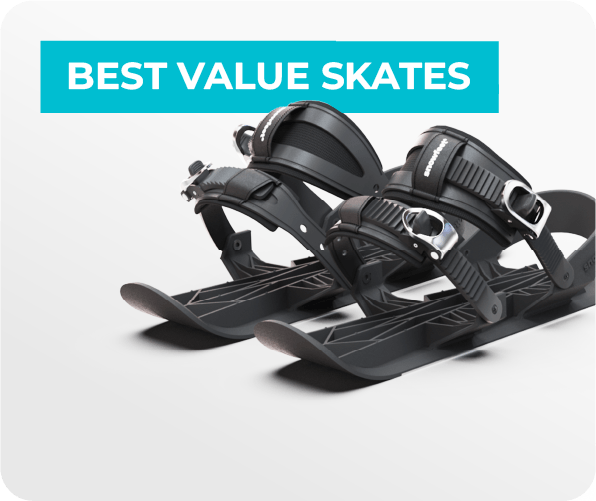



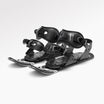
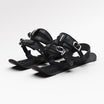
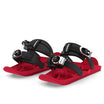
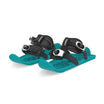

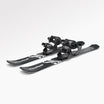

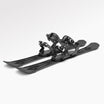
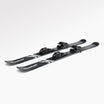






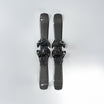

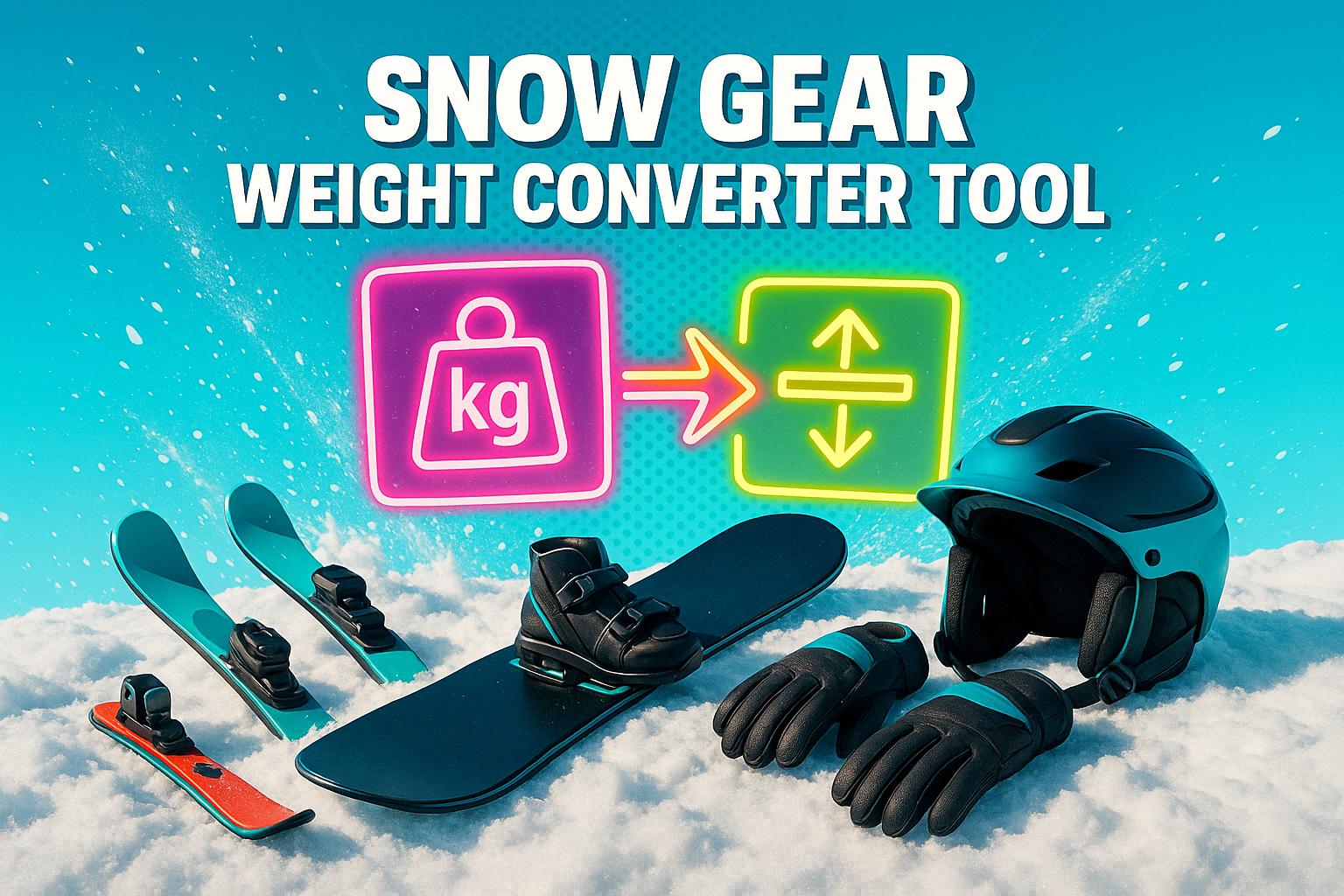
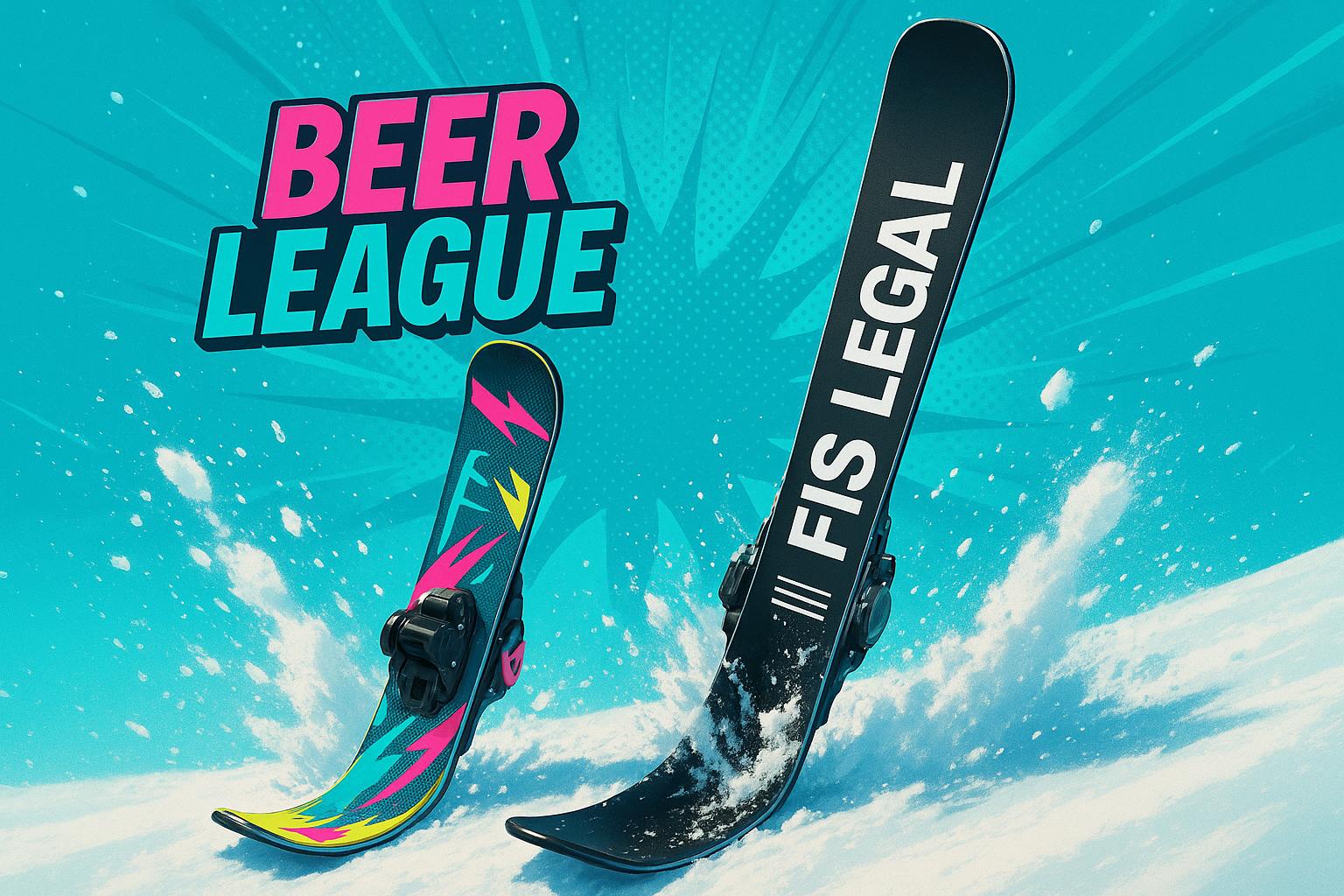
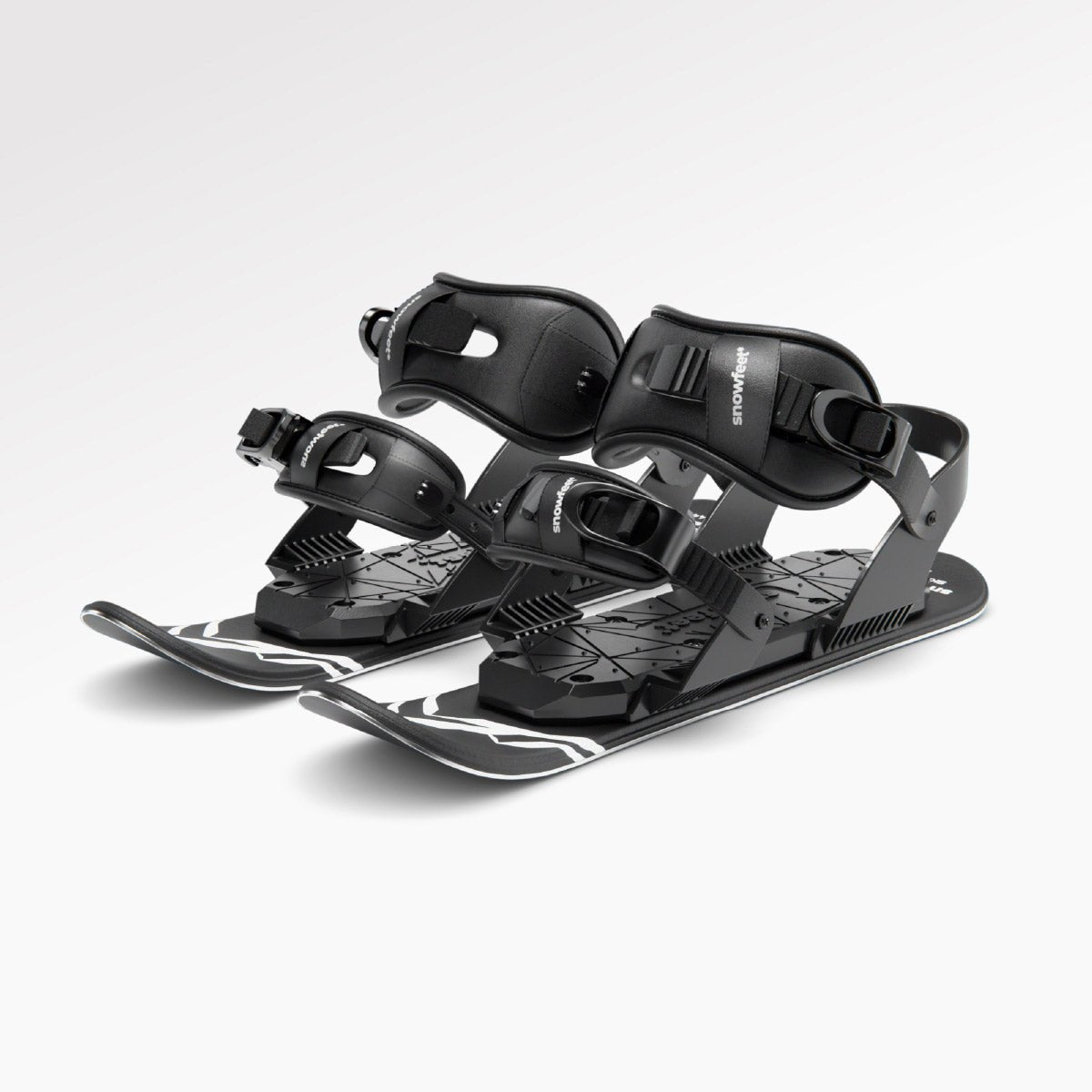
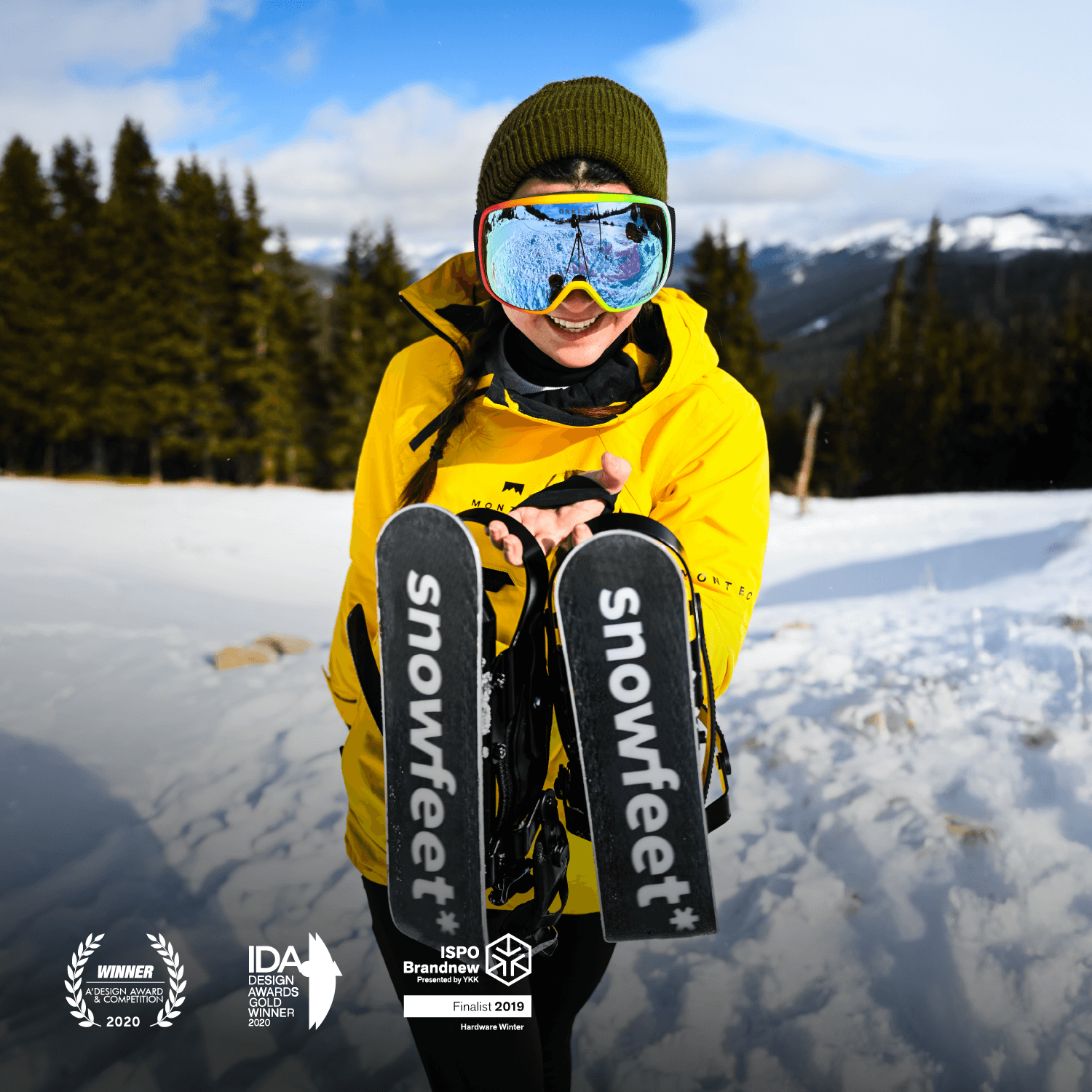
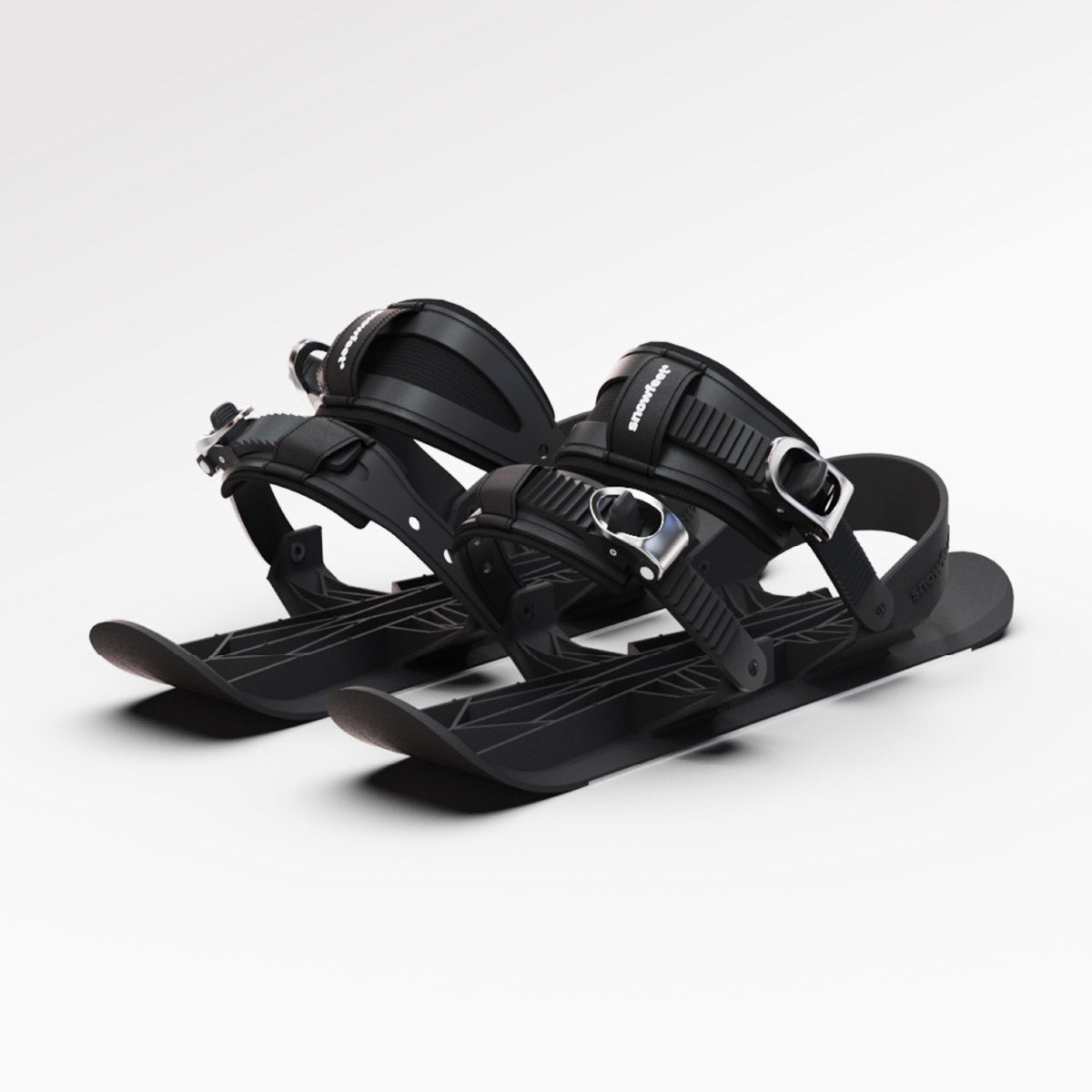

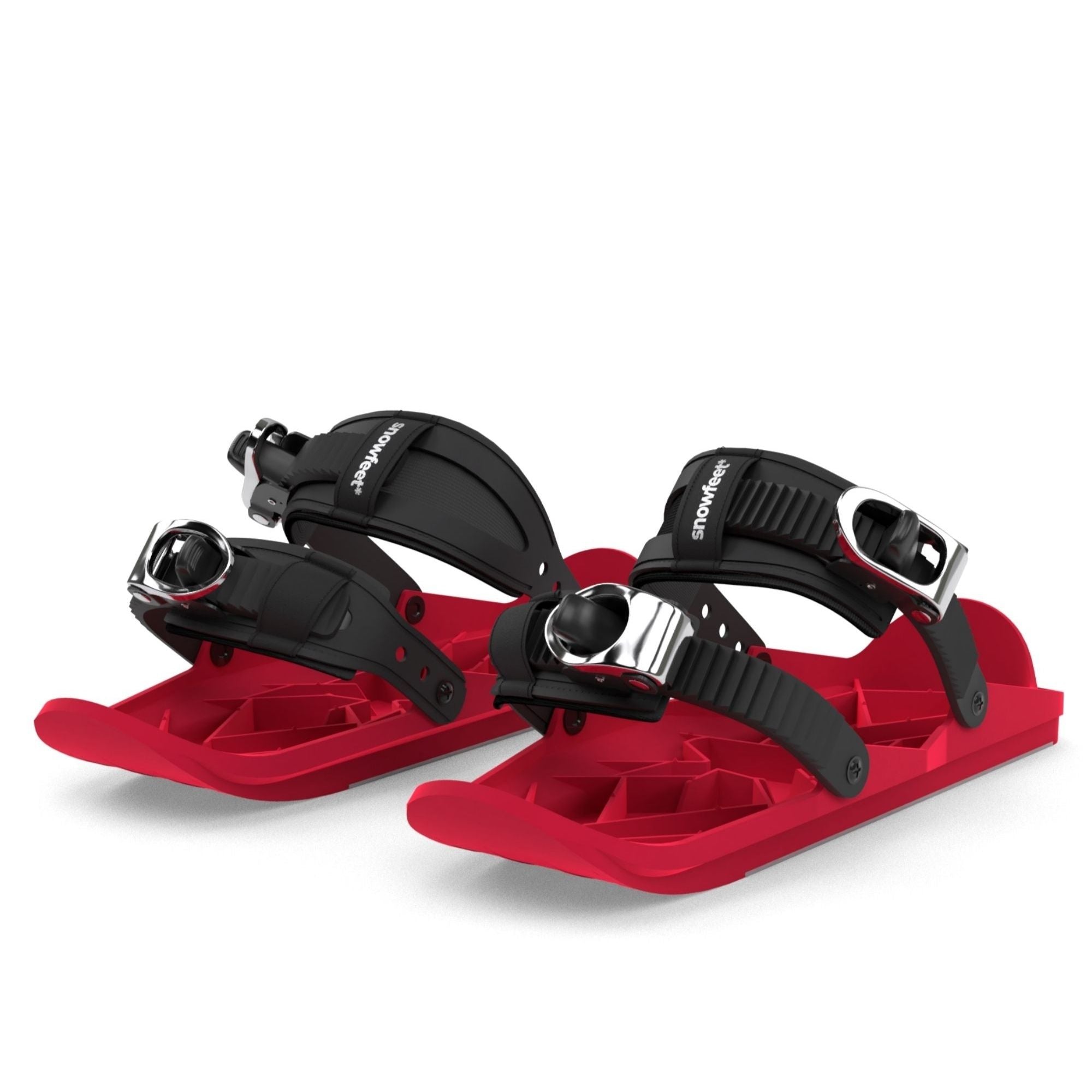
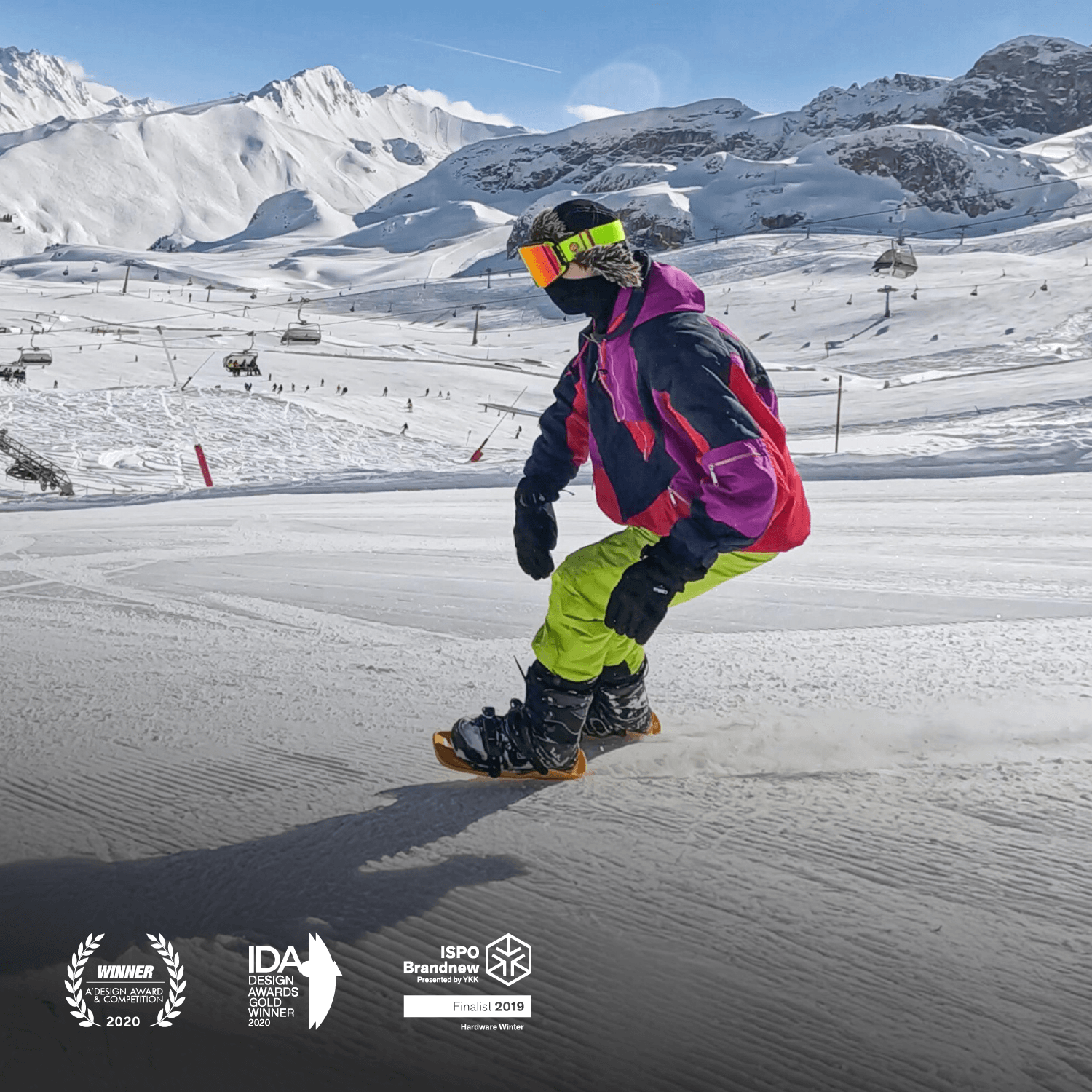


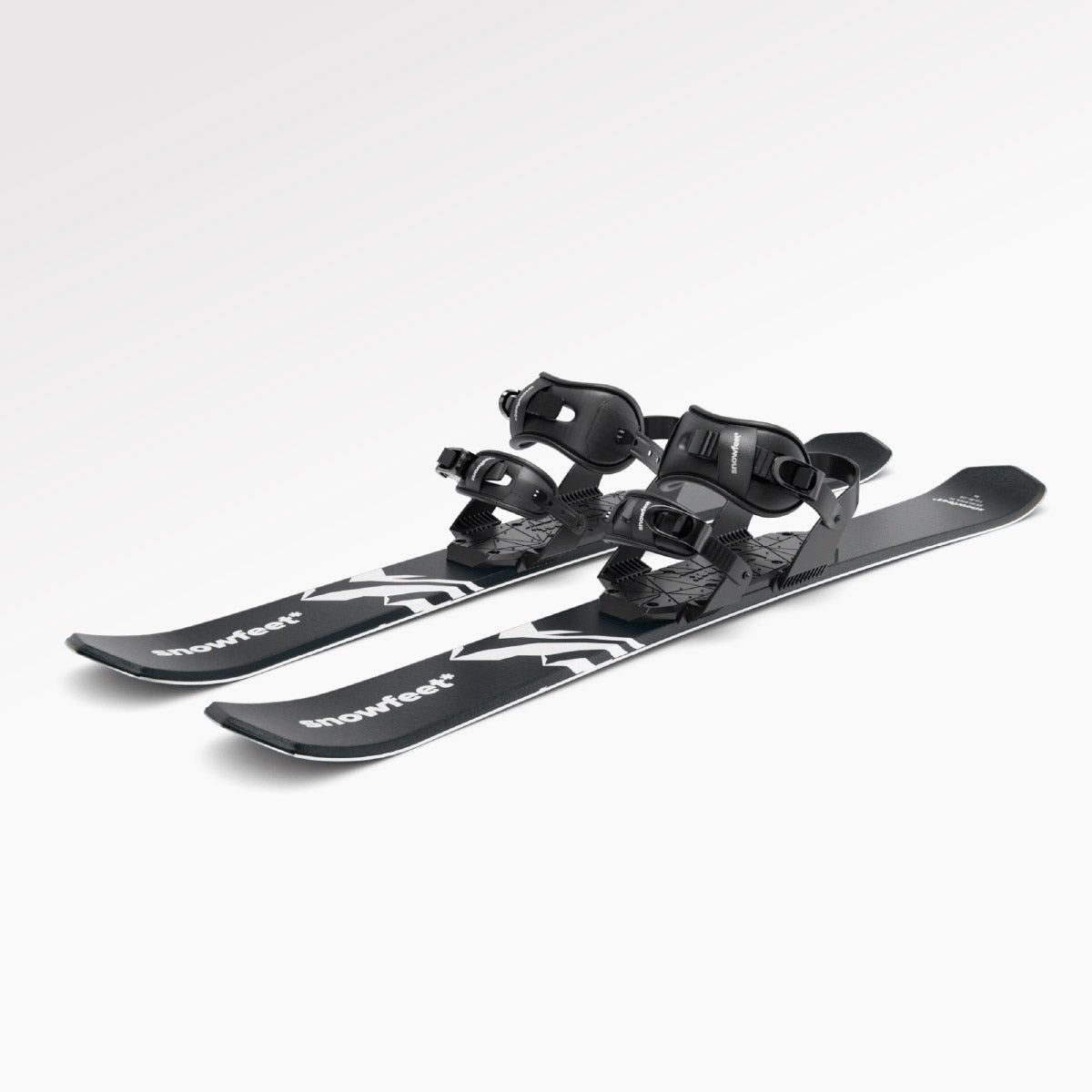
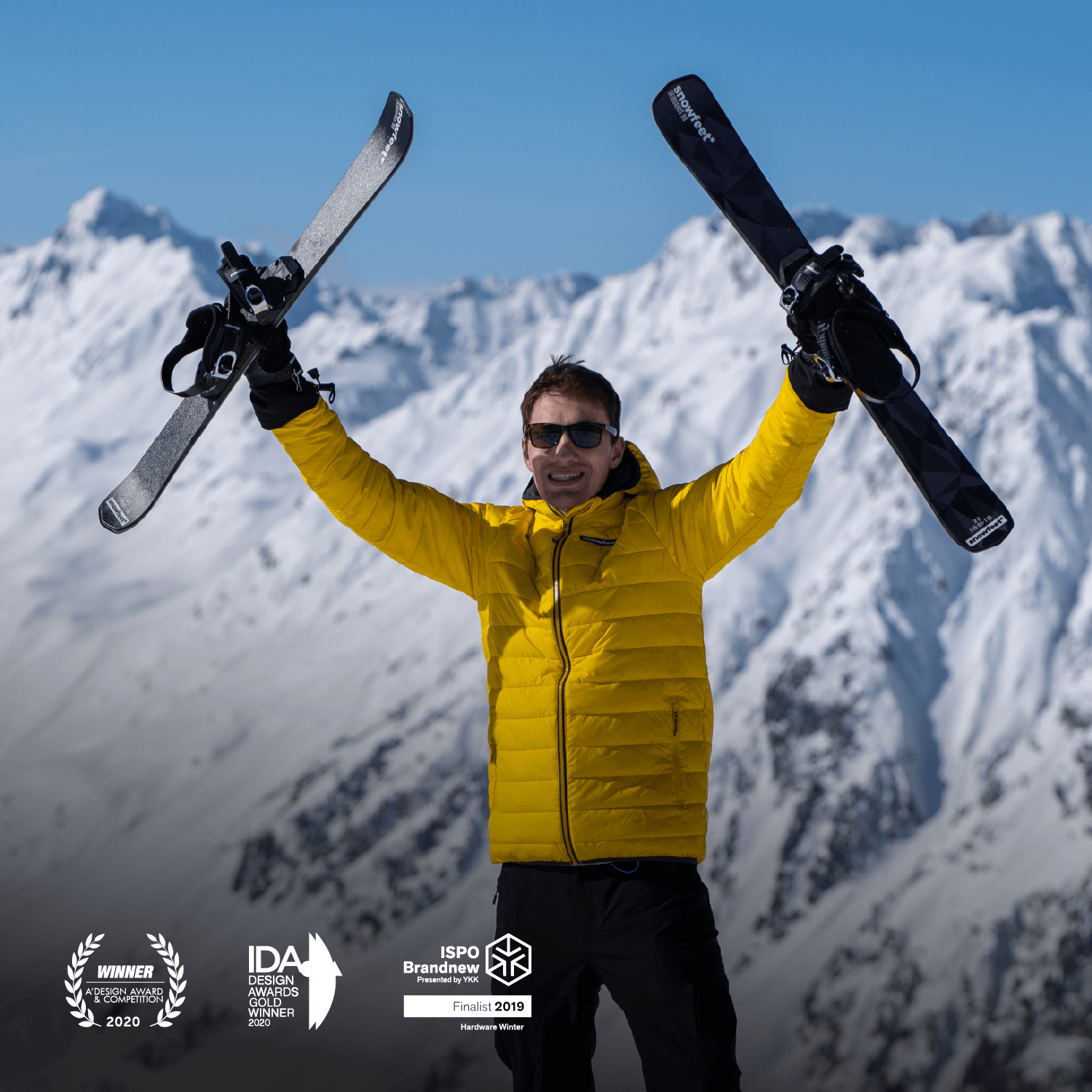
Laat een reactie achter
Deze site wordt beschermd door hCaptcha en het privacybeleid en de servicevoorwaarden van hCaptcha zijn van toepassing.